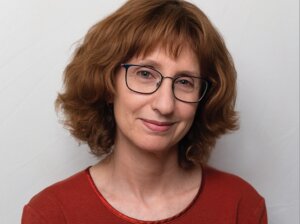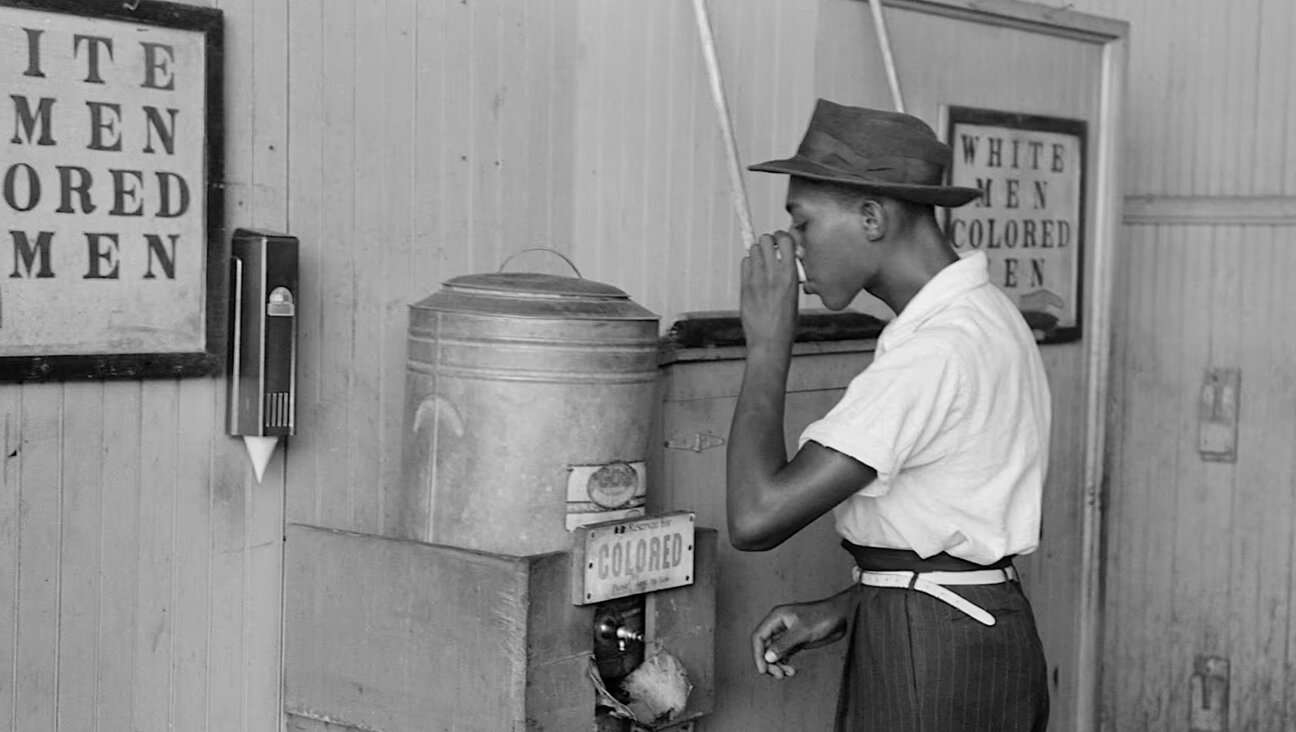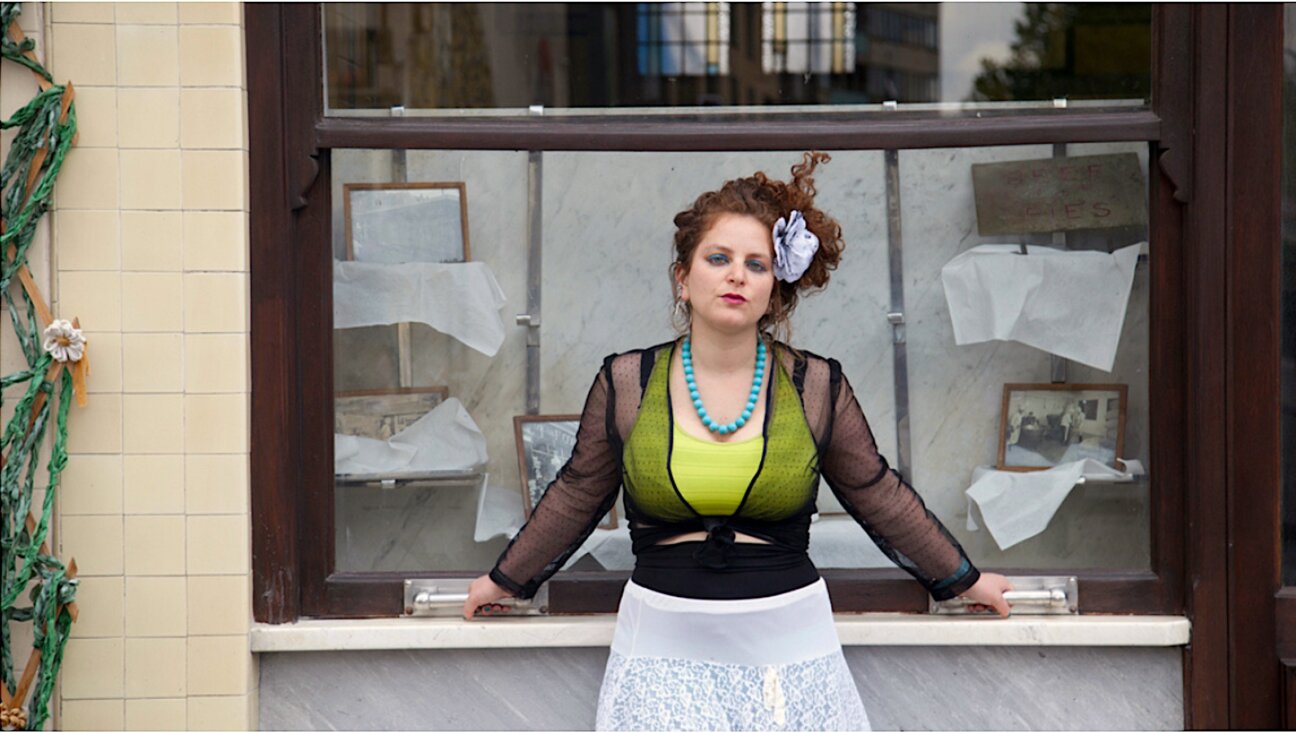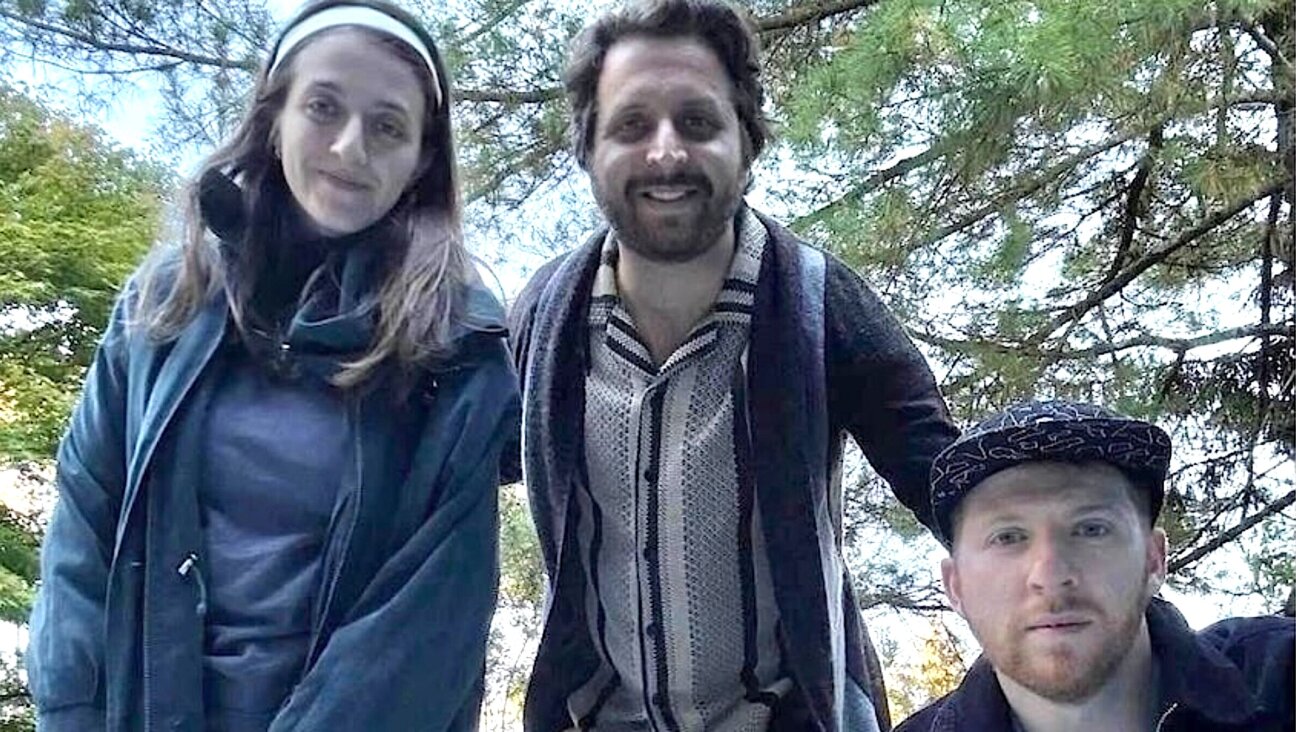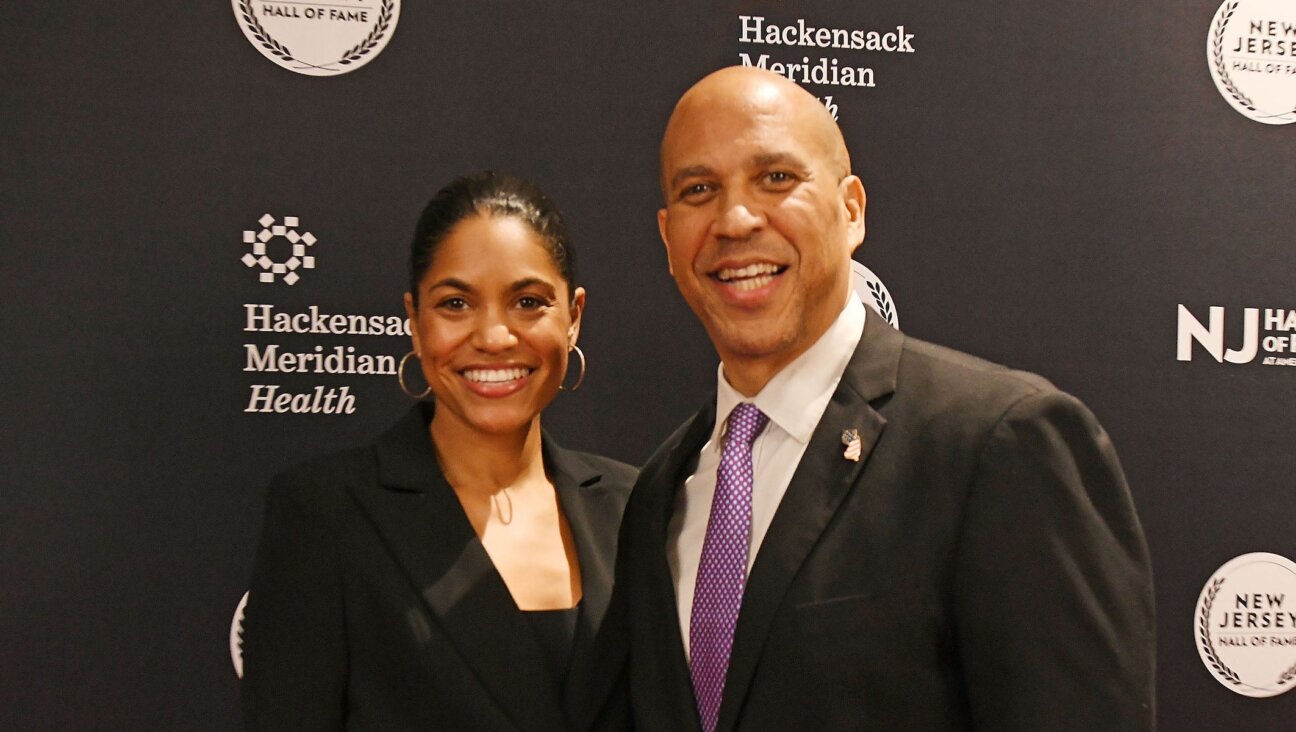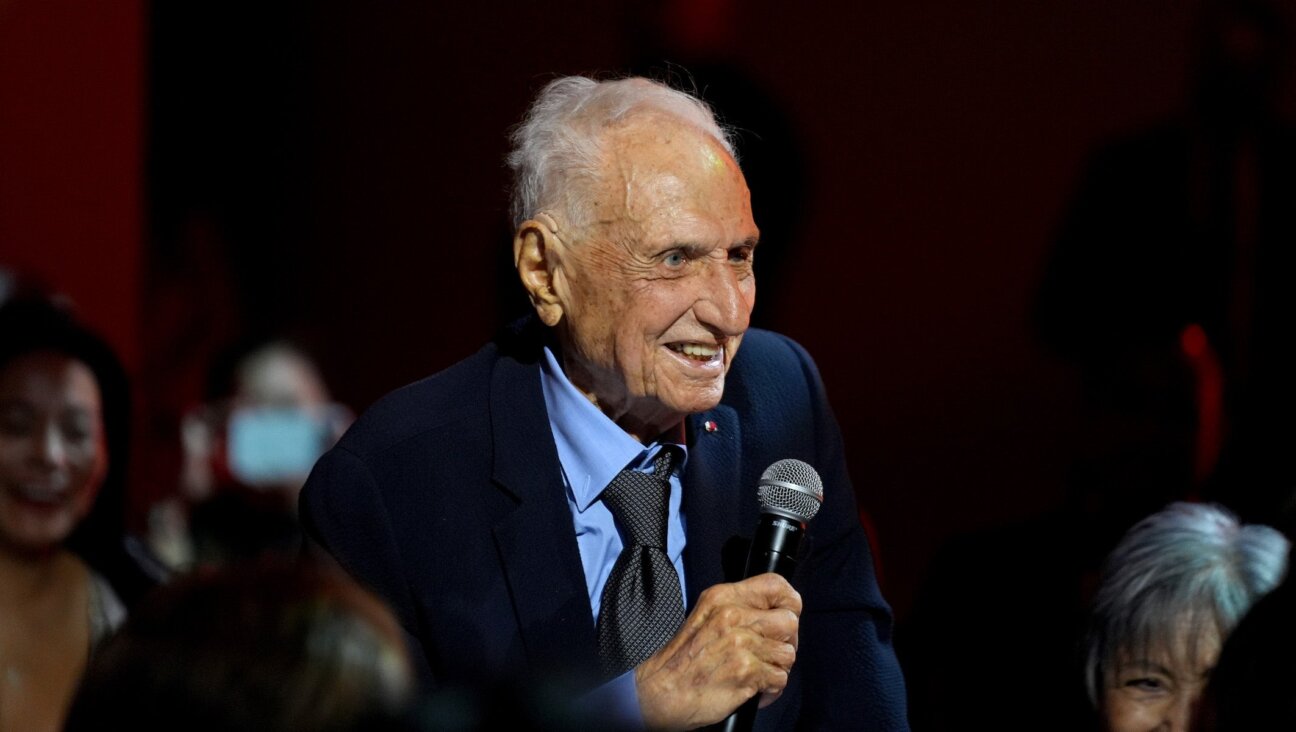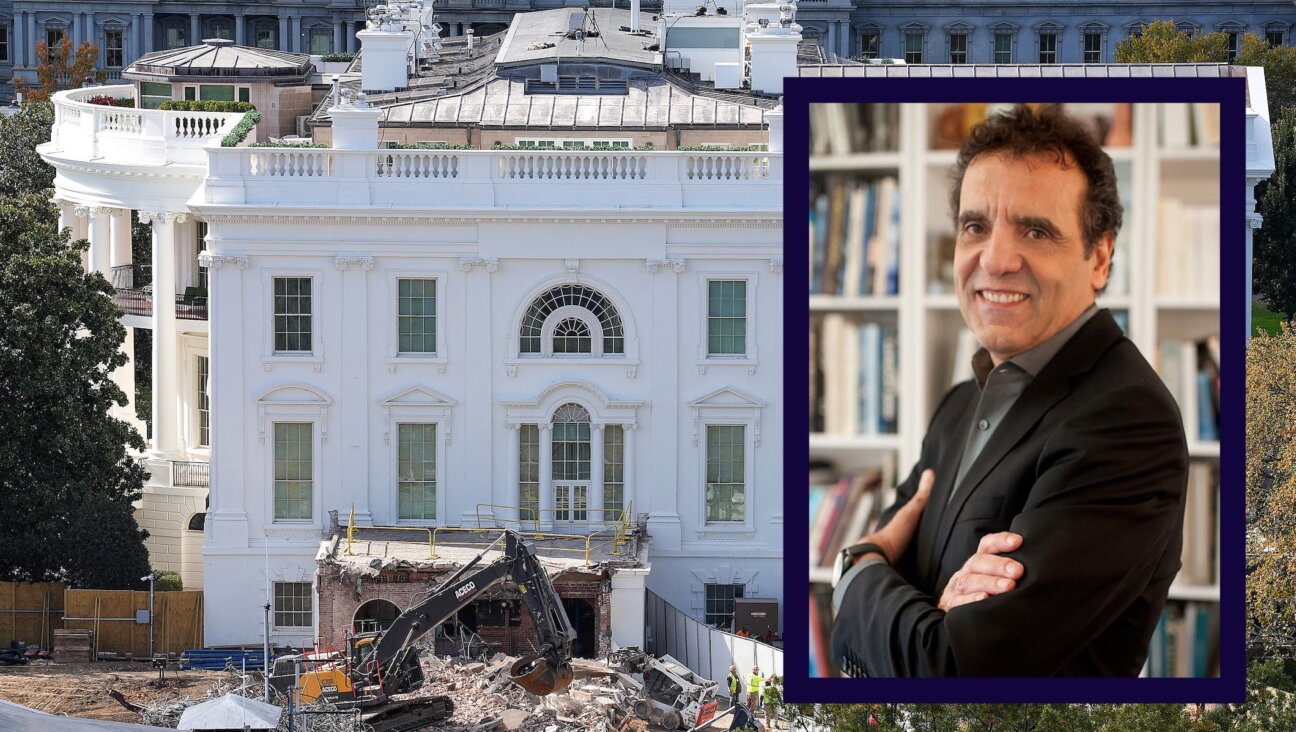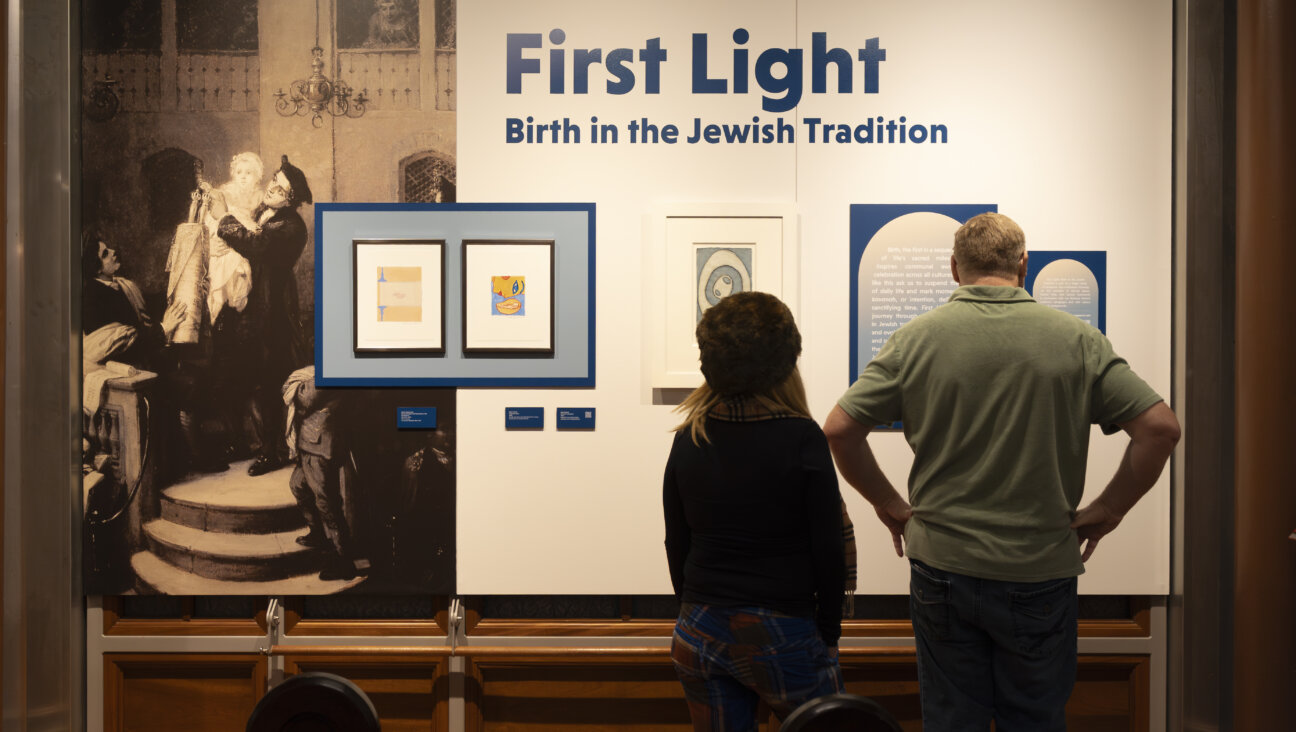Rabbi Mayer Moskowitz z”l, on Hasidic life in pre-war Czernowitz
The beloved rabbi and educator described in detail the Orthodox Jewish community of this once vibrant city
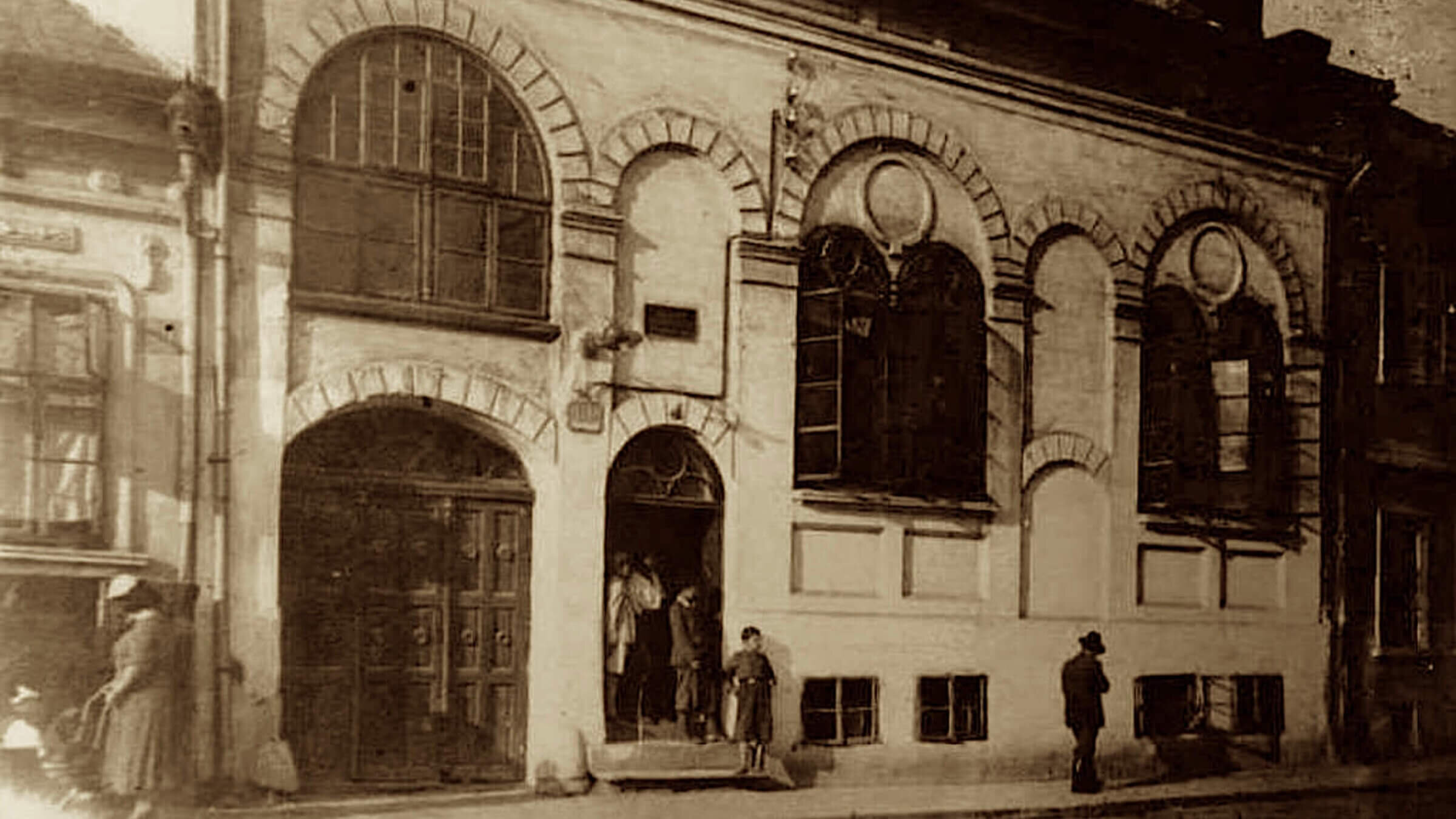
The synagogue “Chevre Tehilim” in Czernowitz, circa 1930 Photo by Wikimedia Commons
[The following is an English version of the original Yiddish article, which you can read here.]
Rabbi Mayer Moskowitz, a beloved longtime educator at the Ramaz School in New York and the Hebrew-immersive Camp Massad, and author of the book A Memoir of Sanctity, has passed away.
In 2010, I interviewed Rabbi Moskowitz to learn what the Hasidic community was like in the city where he was born and raised — Czernowitz (Chernivtsi), then part of Romania, and today Ukraine.
Most contemporary scholars of East European Jewish history focus on prewar Czernowitz as a hub of intellectual and cultural Jewish life; as the location of the first Yiddish conference in 1908; as the milieu where the poet Itsik Manger and fabulist Eliezer Shteynbarg produced their greatest work.
But as the oldest child of the Shotzer Rebbe — Avrohom Chaim Moskowitz, Mayer Moskowitz had a very different perspective of the city, describing it as a center of five Hasidic dynasties and a vibrant Orthodox Jewish community.
I met Rabbi Moskowitz through my son, Gedaliah Ejdelman, who was a student in his class on halacha (Jewish law) at Ramaz Upper School. The following anecdote gives you an idea of the kind of person Rabbi Moskowitz was:
On the day before the final exam, one student asked if he could write his answers in English rather than Hebrew. Half-jokingly, the rabbi told the students that they could respond in any language they wished.
Gedaliah raised his hand and asked if he could write in Yiddish. “Sure,” Rabbi Moskowitz said. So Gedaliah did, citing Rashi and other commentators in mame-loshen. Moskowitz was so delighted by the Yiddish responses that he shared them with his colleagues.

When I met with Rabbi Moskowitz in his Upper East Side apartment in Manhattan, I asked him what life was like in Czernowitz. He told me he was born in 1927, a son — in fact, the only son — of the Shotzer Rebbe, Avrohom Chaim Moskowitz. He explained that Czernowitz had no less than five Hasidic dynasties. Besides his father, there was the Boyaner Rebbe; the Nadvorner Rebbe; the Zalischiker Rebbe and the Kitover Rebbe.
“All the Rebbes were related because the marriages of their children were arranged solely with other rabbinical families in Czernowitz,” he said.
Every Rebbe had his own court of Hasidim but there were marked differences between the Rebbe and his worshippers. The former wore beards and peyes (Yiddish for sidelocks) and donned a shtreimel for the Sabbath and holidays, while their worshippers, seeing themselves as “modern Jews,” were clean-shaven and came to services wearing a tsilinder (top hat) and tailcoat.
“I myself had little peyes,” Rabbi Moskowitz said.
His family lived in the same building as his father’s shul. His mother, Alte Sheyndl, was a daughter of the Pidayetser Rebbe, so she wore a sheitel. But, like the other rebishe kinder (Rebbe’s children), she was apparently influenced by the cosmopolitan character of the city. In contrast to her husband who spoke Yiddish with their children, the Rebbetzin spoke German. She went to the theater, read secular Yiddish poetry and shook men’s hands. On Mother’s Day, little Mayer would bring her a bouquet of flowers and on New Year’s Eve the Rebbetzin and the other daughters of rabbinical families threw a party.
“On New Year’s Eve they came to our apartment on the second floor, elegantly dressed, ate and spent many hours together,” Rabbi Moskowitz said. “Although they didn’t drink any alcohol, the daughters-in-law of the Bayoner Rebbe smoked thin cigarettes.”
Rabbi Moskowitz recalled his first day in cheder at the age of three: “My parents never walked together in public but on that day they dressed me in completely new shorts, shoes and a talis-kotn.” The latter is the traditional four-cornered fringed garment that Orthodox men and boys wear under their shirt.
His parents walked him, hand-in-hand, to the cheder. When they arrived, his father wrapped him in a tallis and carried him inside. On the table, little Mayer saw the diminutive of his name, ‘Mayerl,’ written with large golden letters.
The teacher asked him to repeat each Hebrew letter and its corresponding sound. Every time little Mayer correctly repeated it — “Komets alef ‘o’ … komets beyz ‘bo’” — a honey cookie dropped onto the table in front of him.
“I really thought it was falling from the heavens,” Rabbi Moskowitz said. “As it says in Proverbs: ‘Pleasant words are as a honeycomb, sweet to the soul, and health to the bones.’”
When he was five, Mayer began learning khumesh, the Bible. “It was shabbos afternoon. My relatives, family friends and all five Rebbes came. They lifted me onto the table. I was wearing a brown velvet suit. Each grandfather gave me a golden watch with a little chain and attached it to my suit. Then they asked me: ‘What are you learning in khumesh now?’”
After the quiz was over, the guests began dancing and singing, eating cake and fruit. All the Rebbes wore shtreimels as they sat at tables surrounded by their Hasidim and handed out shirayim — remnants of the blessed food that a Rebbe would give his followers, who believed they would receive a spiritual blessing by eating it. Mayer sat between his grandfathers.
Every morning Mayer went to cheder and three afternoons a week he attended a Zionist Hebrew-language school. In 1936, at the age of ten, he was sent to the city of Vizhnitz (today — Vyzhnytsia, Ukraine) to learn in the yeshiva of the Vizhnitzer Rebbe. He came home only four times a year: on the shabbos of Hanukkah, Passover, Shavuot and Sukkot.
Rabbi Moskowitz remembers Sukkot in Czernowitz: “All year, men and women ate together but not on Sukkot. My mother blessed the holiday candles, came into the sukkah for kiddush and hamotzi but then went back into the house where she ate in the company of the other women in the family.”
The sukkah was large. His father’s Hasidim would gather around their Rebbe’s tish (table) on the second night of Sukkot for the all-night celebration called simkhas-beis-hashoeivah. About 150 men would squeeze into the sukkah. But contrary to tradition, no one slept in it. “It was cold and a bit dangerous,” Rabbi Moskowitz said.
The Shotzer Rebbe’s house also served as an inn for rebbes from surrounding towns, when they needed to come to Chernovitz to see a doctor. Simple Jews, who leased land from non-Jewish noblemen would also come to the inn to see their rebbes. “They were common people, wore workboots and would bring fruit from their fields as a gift for the Rebbe,” he explained.
Many times, impoverished Jews would come to his father’s door asking for money. “One of them, called Fishele, used to say ‘I love you’ to my mother. She was indeed a beautiful woman. So my family would invite him in and feed him the same food we were eating.”
In describing these simple everyday events of his childhood in Czernowitz, Rabbi Moskowitz did a true mitzvah: He enabled us to see the city not only as a magnet for Yiddish writers and cultural activists, but also as a large, thriving Hasidic community.
